LION KIDS CAMP SASAAB: DAY 1 & 2
Lion Kids Camp is a unique opportunity for community children in Kenya to experience camping in the wilderness and being taken on “safari” in their own backyard. Through game drives, bird walks, mammal and bird presentations, quizzes, fun games and the chance to meet and interact with some of the most respected conservationists in Kenya – the children are given a glimpse into the importance of conservation and the role that they have to play in safeguarding the future of such a precious resource.
Day 1
First day of Lion Kids Camp has gone fantastically well.
As well as having just moved into their fabulous new camp in Westgate Community Conservancy, Ewaso Lions have also recently employed an Education Officer, Kalastar, and a conservation/research manager, Heather.
Both Kalastar and Heather are an amazing addition to the Ewaso Lions team and have clearly made an impact on the Lion Kids Camp.
We are extremely excited this year to have all the new tents and bedding in place, which was kindly donated by The African Foundation for Endangered Wildlife. Joining us on this year’s camp are Emmanuel the Education Officer from AFEW and Felister a second year intern with the program, to see how their funds were spent and join in the fun.
The Ewaso Lions team worked all day yesterday to get the camp set up and ready for an early start today. The team leaders left at the crack of dawn to go to the four schools participating in this year’s LKC, Kiltaman, Lerata, Kipsing and Ngare Mara, some of which are quite a distance away.
Ewaso Lions have expanded the program into these areas as a response to increased human wildlife conflict situations, to try and raise awareness where it is needed most. By 9.30am, all the children were at the camp and ready to go.
After a formal welcome from Ewaso Lions, Westgate Community Conservancy management as hosts and the Safari Collection and AFEW as partners, the real fun began. We started with pin the tail on the lion , followed by lion and zebra, which is an LKC take on a more traditional icebreaker game which involves a lot of running around and giggling, but certainly had the desired effect!
After morning tea we divided all the children into the teams for the week: Lion, Grevys, Elephants and Wild dogs.
For the remainder of the day, we covered the mammal and bird presentations, did a fun Wildife quiz, and Jeneria gave a talk about lions and the seriousness of their situation.
We learned that there are only 2000 lions remaining in the wild in Kenya, dwindling at a rate of 100 lions per year. If the threats to lions continue as they are, within 20 years we may no longer be able to see these magnificent creatures in the wild.
After a full day of academics, we decided to take the kids on an adventure to see Sasaab Lodge, and learn a little more about how Tourism and Conservation are all interlinked. They had a tour of the kitchen and a good chat to Peter the Chef to learn about his job and how he became a chef. I think the size of the rooms was a little overwhelming, but there was a great deal of excited chatter, the plunge pools were a particular talking point.
The day ended with the Disney film African Cats. It is always fun to watch the kids watching the film, the reaction to the first big lion roar, and the cheetah Malaika when she kills the Thompsons gazelle, and of courses the hyena which never fails to make everyone laugh!
Early to bed for a busy day tomorrow, up at 5.30 am to visit the Samburu National Reserve….
Day 2
As the sun crept over the horizon, 28 very excited children clambered into the cars for a game drive into the park.
First stop: Samburu National Reserve HQ to meet the Warden and learn a little more about the park, its history and its role in wildlife conservation. The children learned that up until the early 1970’s it was possible to see rhino in SNR and due to poaching they are now no longer found here.
He said that this must be a lesson to this generation to protect what we still have here and not to lose some of the more vulnerable species due to a lack of care and protection.
We were lucky to have an amazing leopard sighting shortly after, a beautiful young female. She walked right past the Sasaab car driven by Daniel the head guide, into thick bush and disappeared. Daniel called all the other vehicles in and we waited patiently. Eventually she emerged into a clearing. We watched her climb a small hill and find a comfortable rock under a tree, where I am sure she spent a few hours perusing the landscape.
While we were still with the leopard, through the Lion Watch guide network, we heard that lions had been spotted. We found five very comatose lions asleep under a tree, looking like they were not going anywhere fast. They were quite hard to see, but just as we started to drive off one lioness started walking towards us.
She walked right in front of the car and we then watched her stalk a herd of Grevy’s for over an hour, all of our hearts were beating as she crept closer and closer. In complete silence we watched as she hid from bush to bush, I thought my heart would pound out of my chest. Sadly for our lioness, today the Grevy’s spooked at the last minute and she and her pride lost their breakfast….
We on the other hand were not so unlucky and made our way to a shady spot for biscuits and drinks. We were met there by John and Jacob of the Reticulated Giraffe Project (RGP) for an insight into the work they are doing to help protect this graceful, and sadly endangered species. We learned that there are 8 different species of giraffe in Africa and three of these are found in Kenya, the Reticulated, the Rothschild’s and the Maasai.
In the Samburu area only the Reticulated giraffe is seen. The RGP monitors approx 500 known Reticulated giraffes in and around Samburu National Reserve, each one identified by its individual pattern. To correctly identify a giraffe you need to know both sides as they are not symmetrical. The biggest threat to Reticulated giraffes is the bushmeat trade and the RGP asked the children to educate their families about this and how they can help to ensure that reticulated giraffes will continue to be a feature of the Samburu landscape.
Emmanuel from AFEW spoke to the children about the Giraffe Center in Nairobi, which is next to Giraffe Manor and home to several Rothschild giraffes, which are also endangered. He spoke of the work they are doing with a breeding program and translocation of Rothschild giraffes back into the wild.
After a short drive along the river, through a few families of Samburu Elephants, we arrived at The Save the Elephants camp to learn more about the gentle giants. We learned how Save the Elephants tracks elephants using GPS, and how the collars can transmit a message to farmers warning them that elephants are in the area and giving them time to create a noise or something that can scare them away from their crops.
At Save the Elephants the kids received the same conservation message – poaching is serious and is decimating the wild elephant populations please educate your families to protect elephants or they will not be around in the future.
After a long, hot, dusty morning we arrived back at camp for a late lunch, followed by a session working on the Lion Kids Camps booklets.
As the sun sunk down in the sky on the end of a very successful day, all the teams went for a bird walk. The Sasaab team Wild dogs came second pipped to the post by the Lion team. Daniel helped them to spot over 24 different birds in half an hour.
The group were very engaged and enthusiastic and once we had seen a bird once they were able to recognize it again.
By Ali Allport, Community and Conservation Manager, The Safari Collection
RELATED NEWS

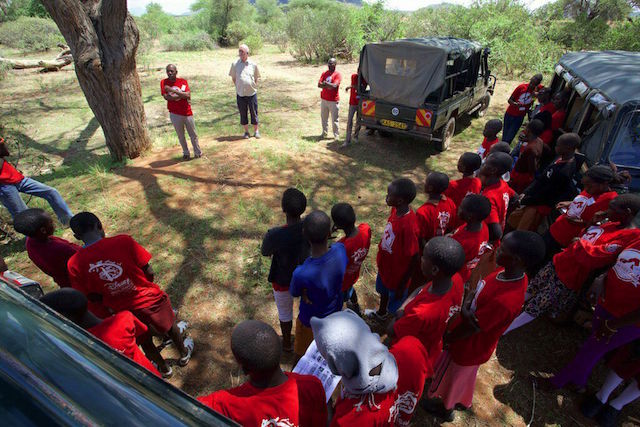
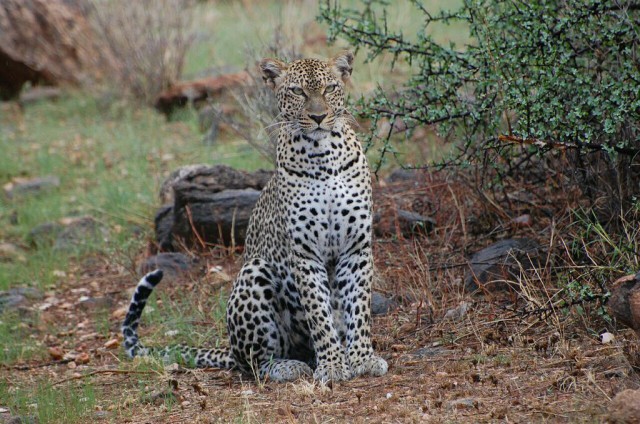
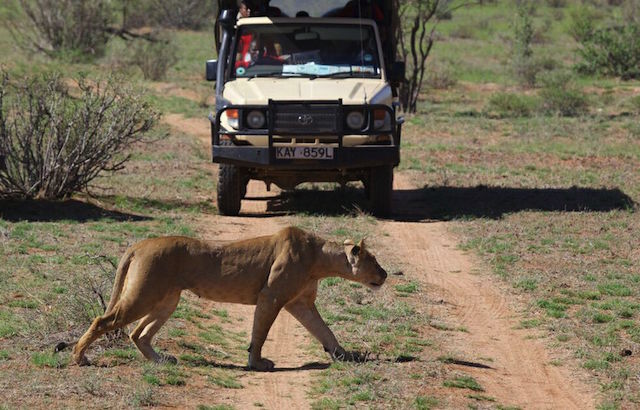
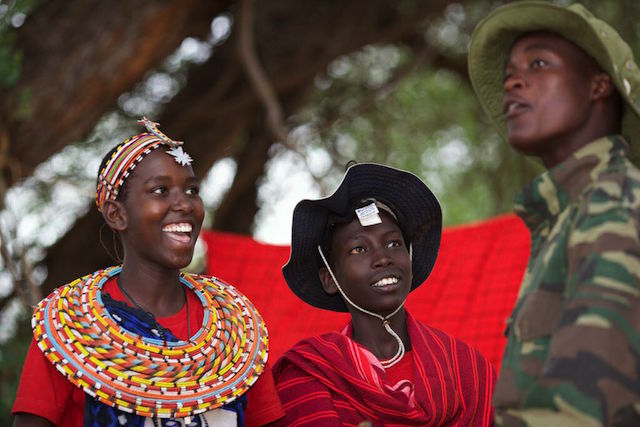
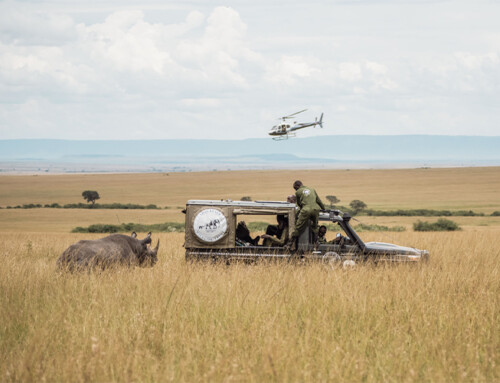
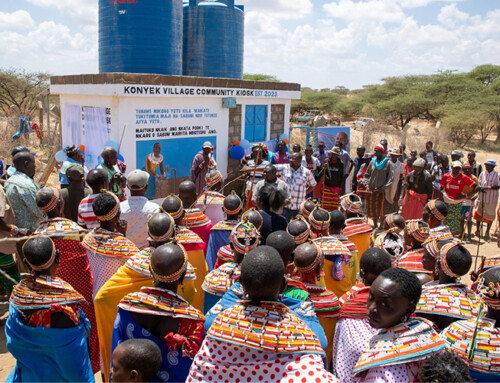
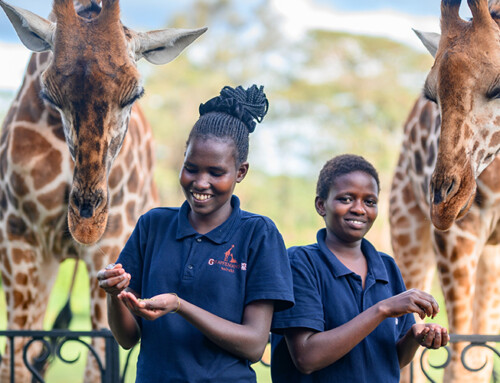
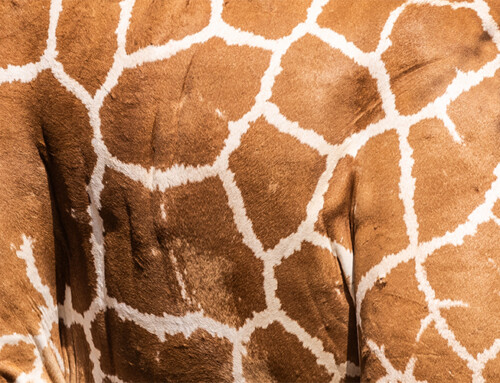
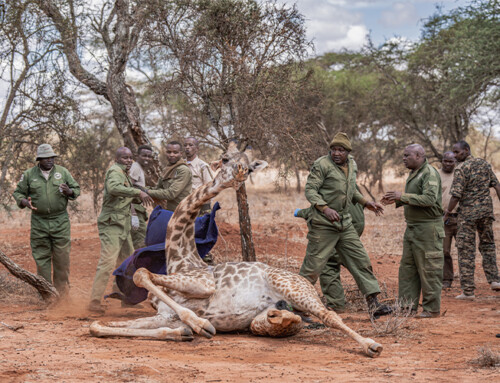
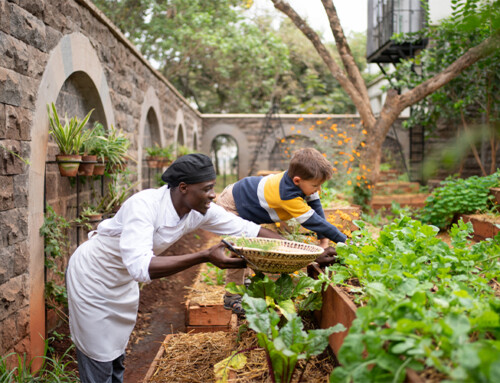
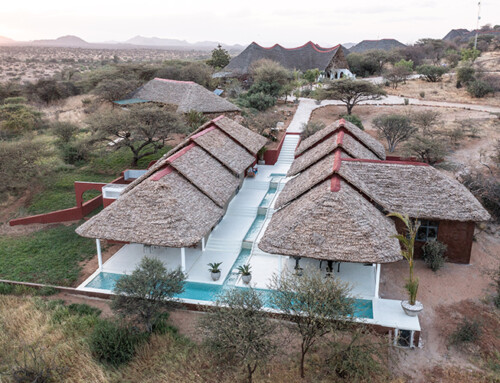






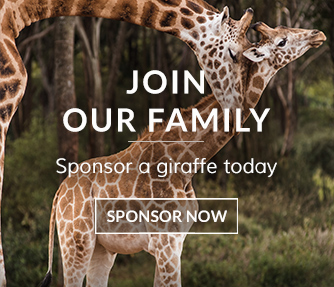
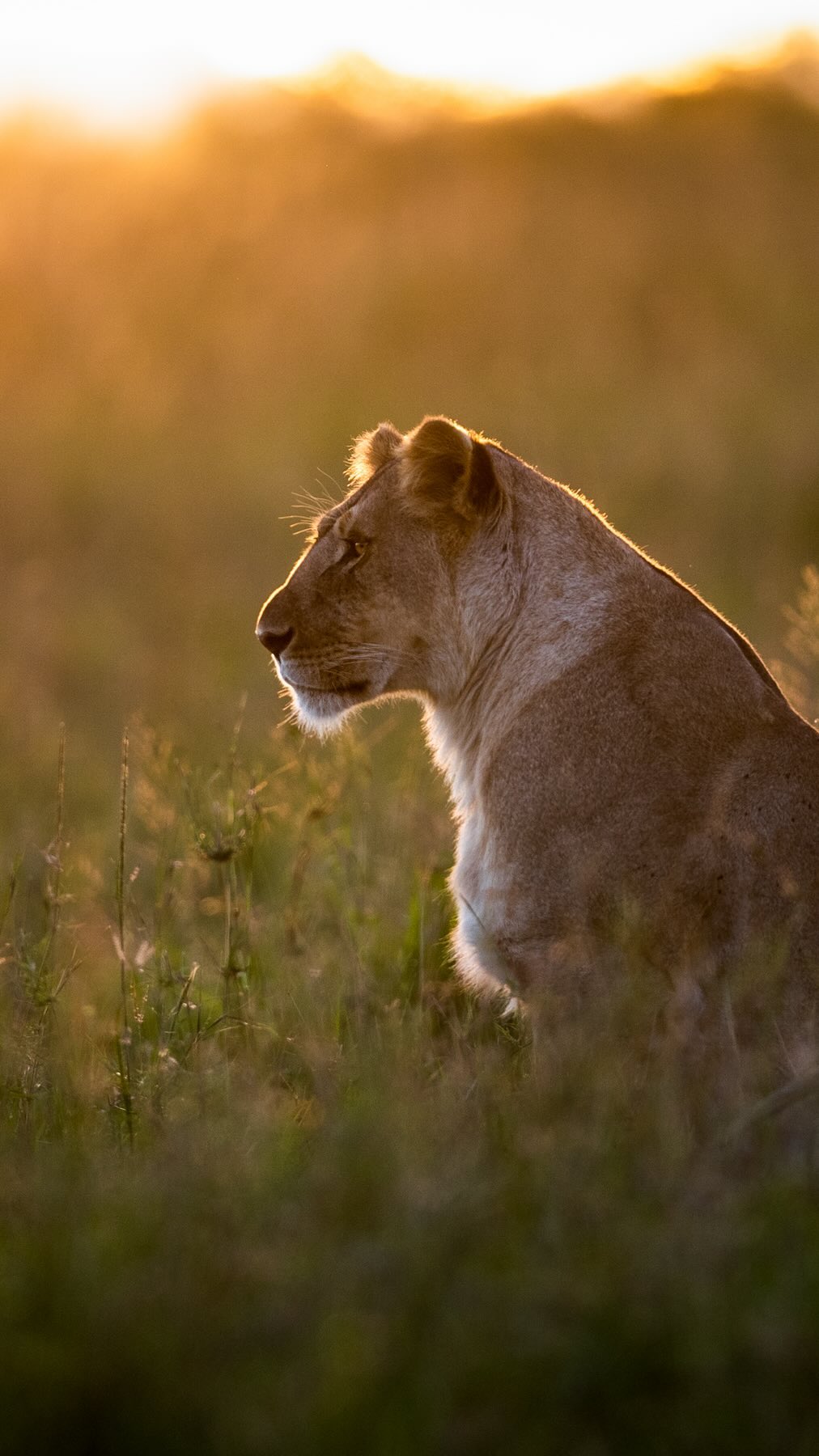
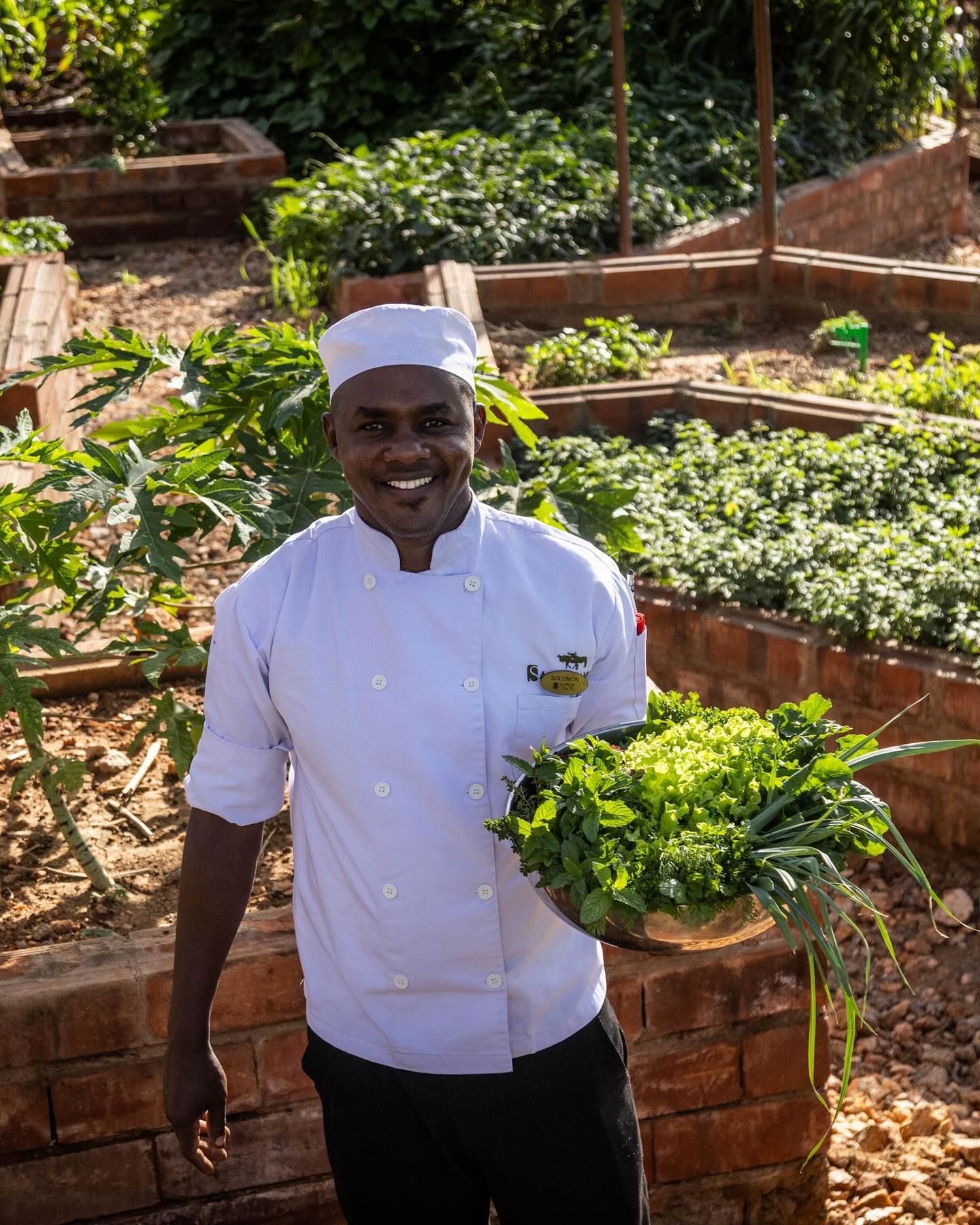
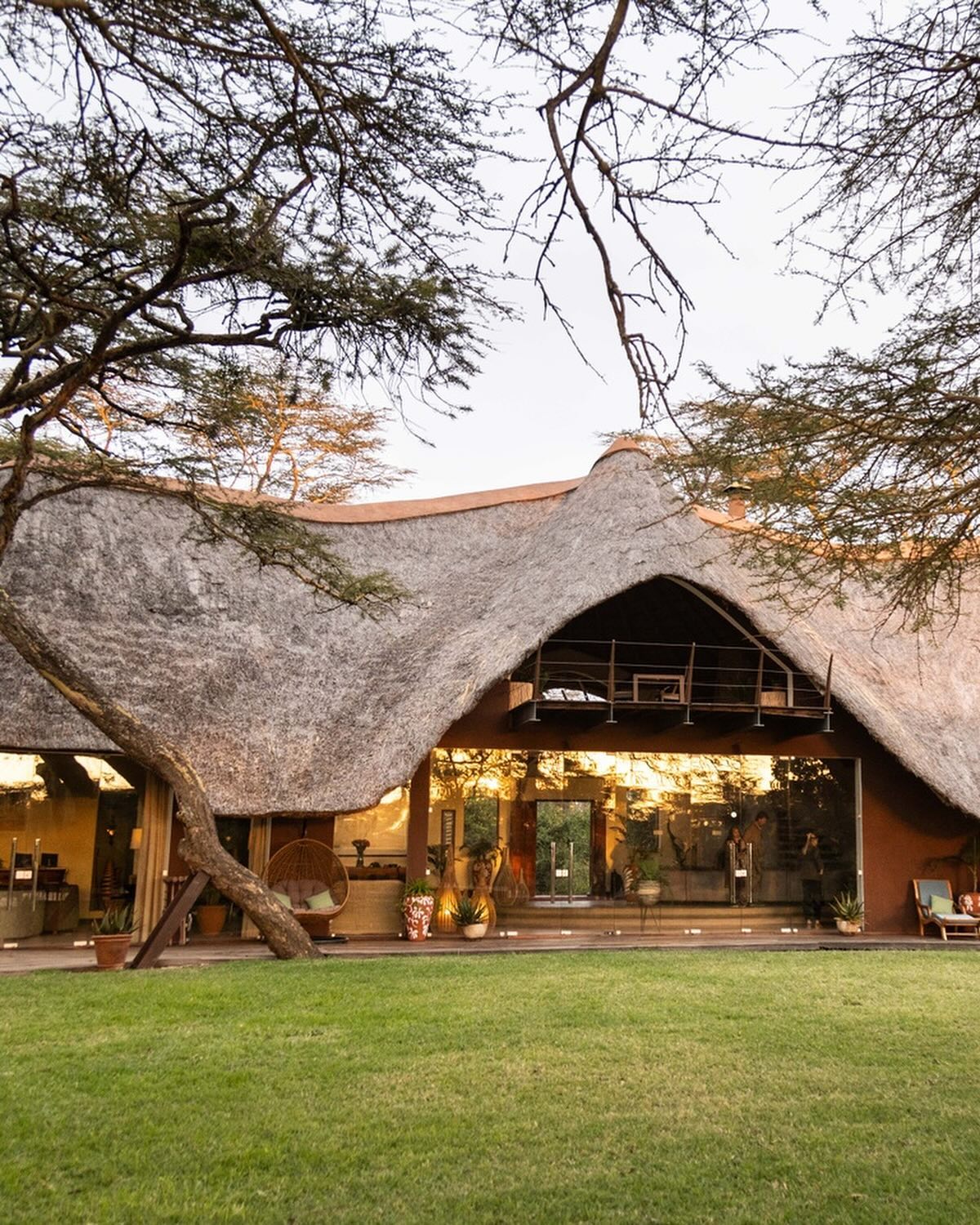
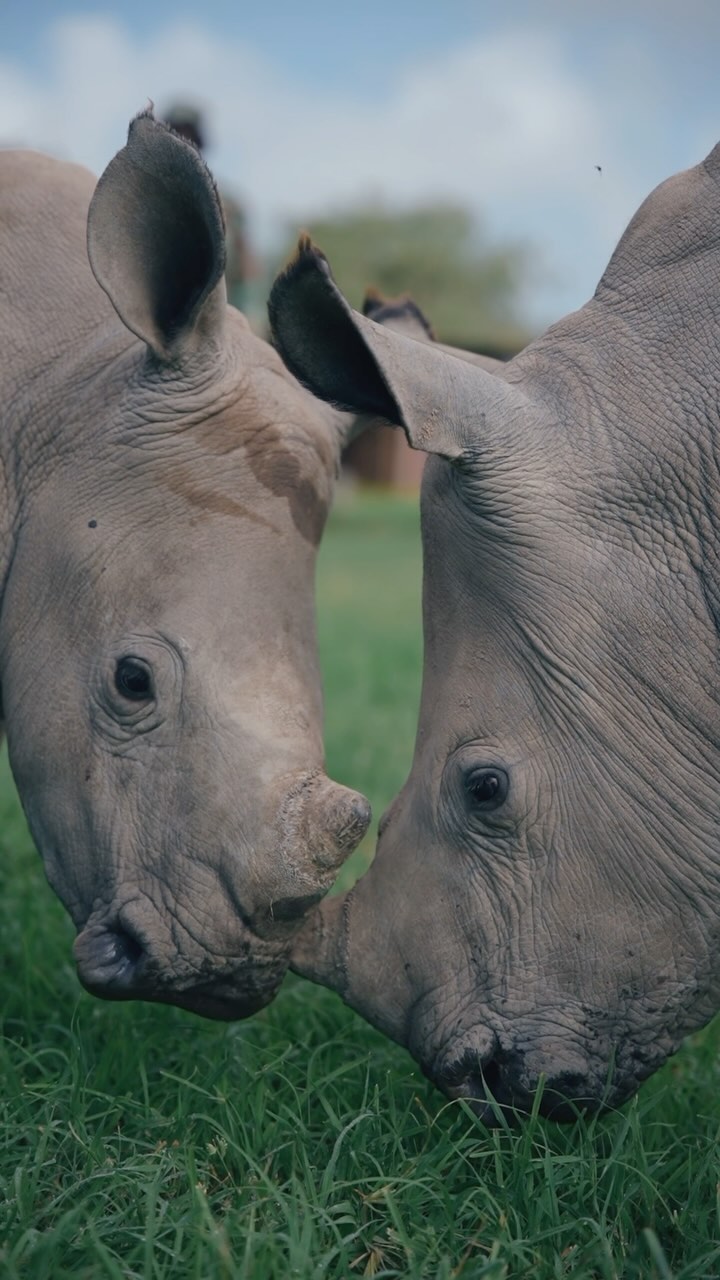
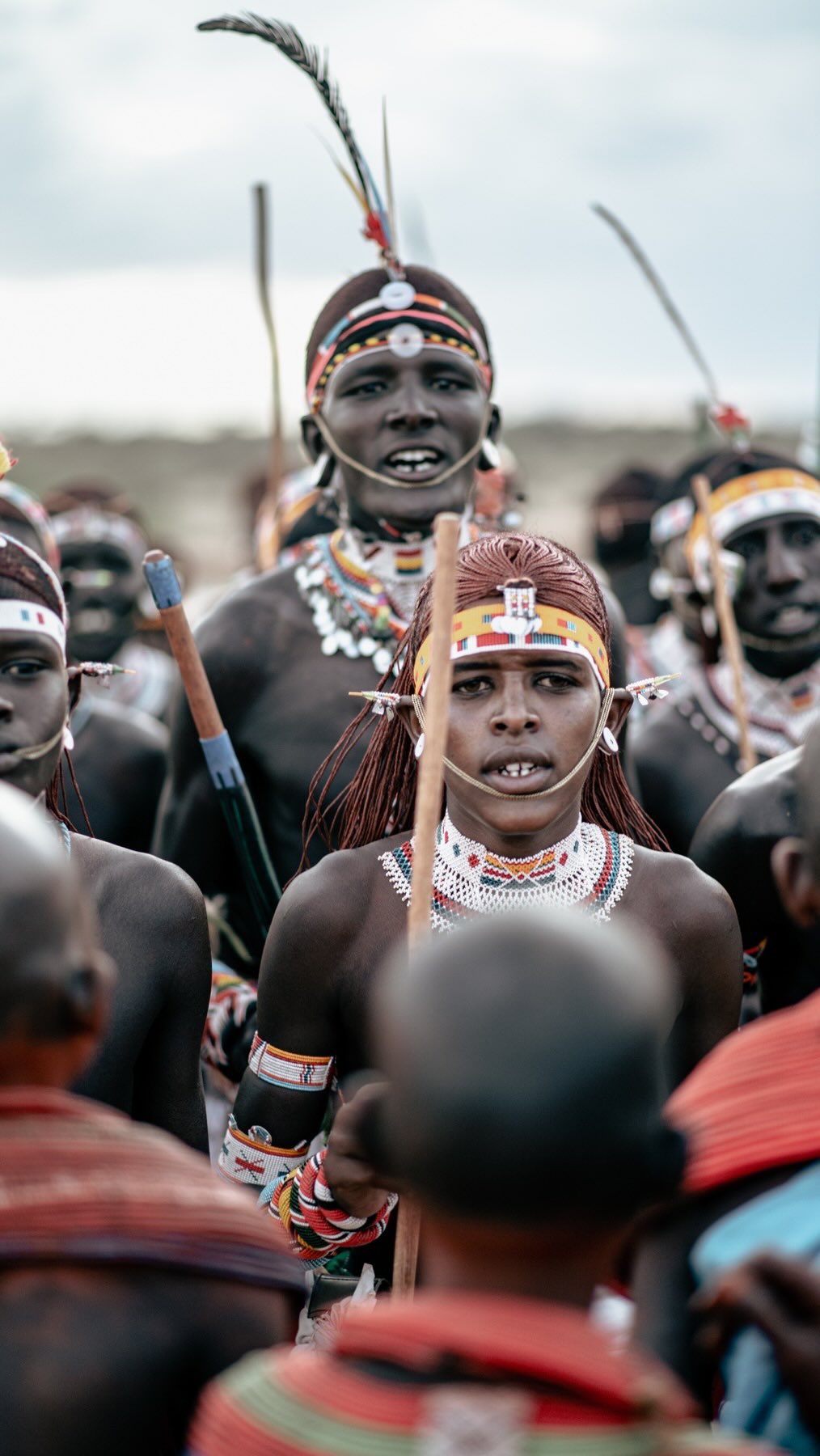
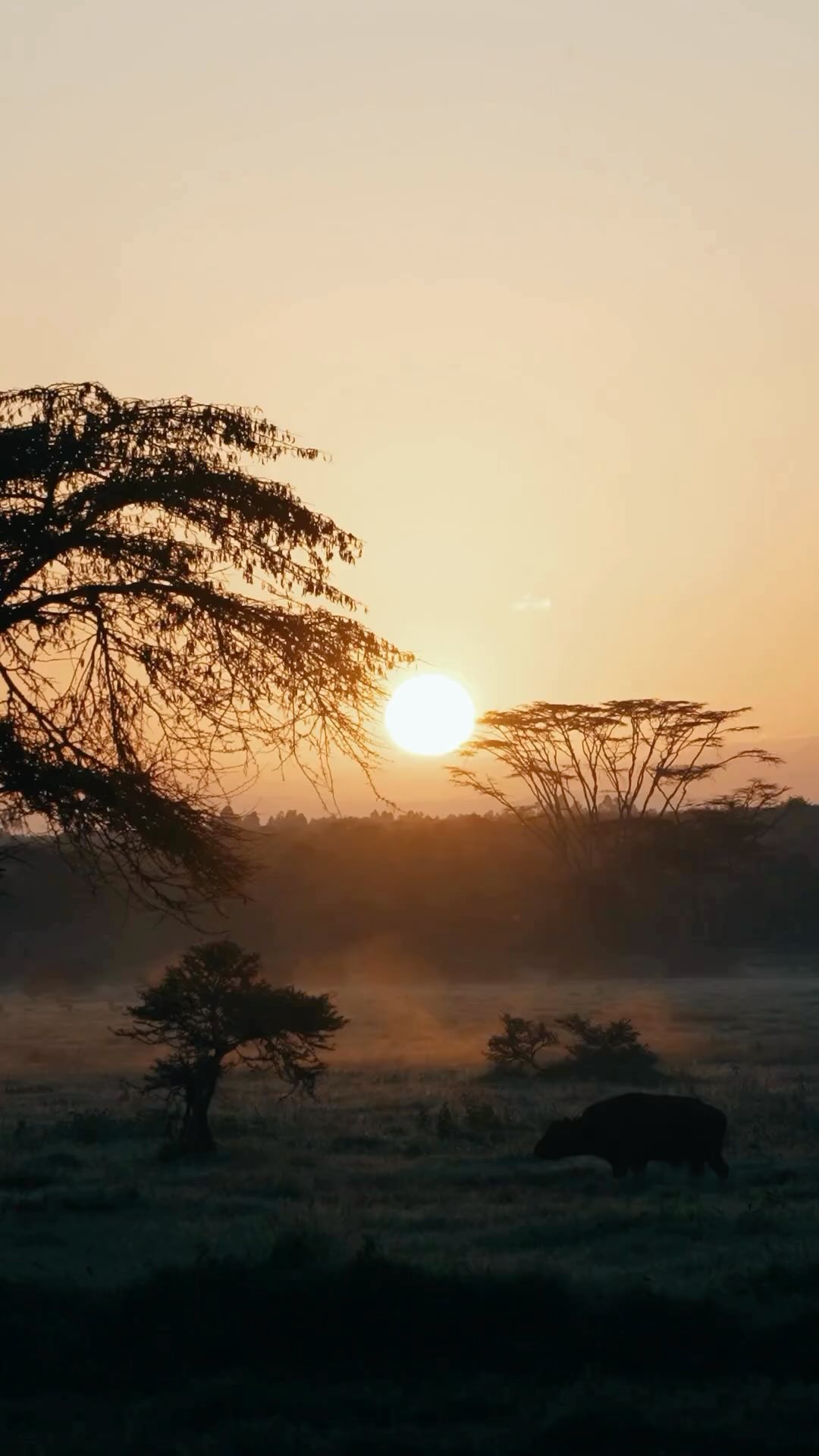
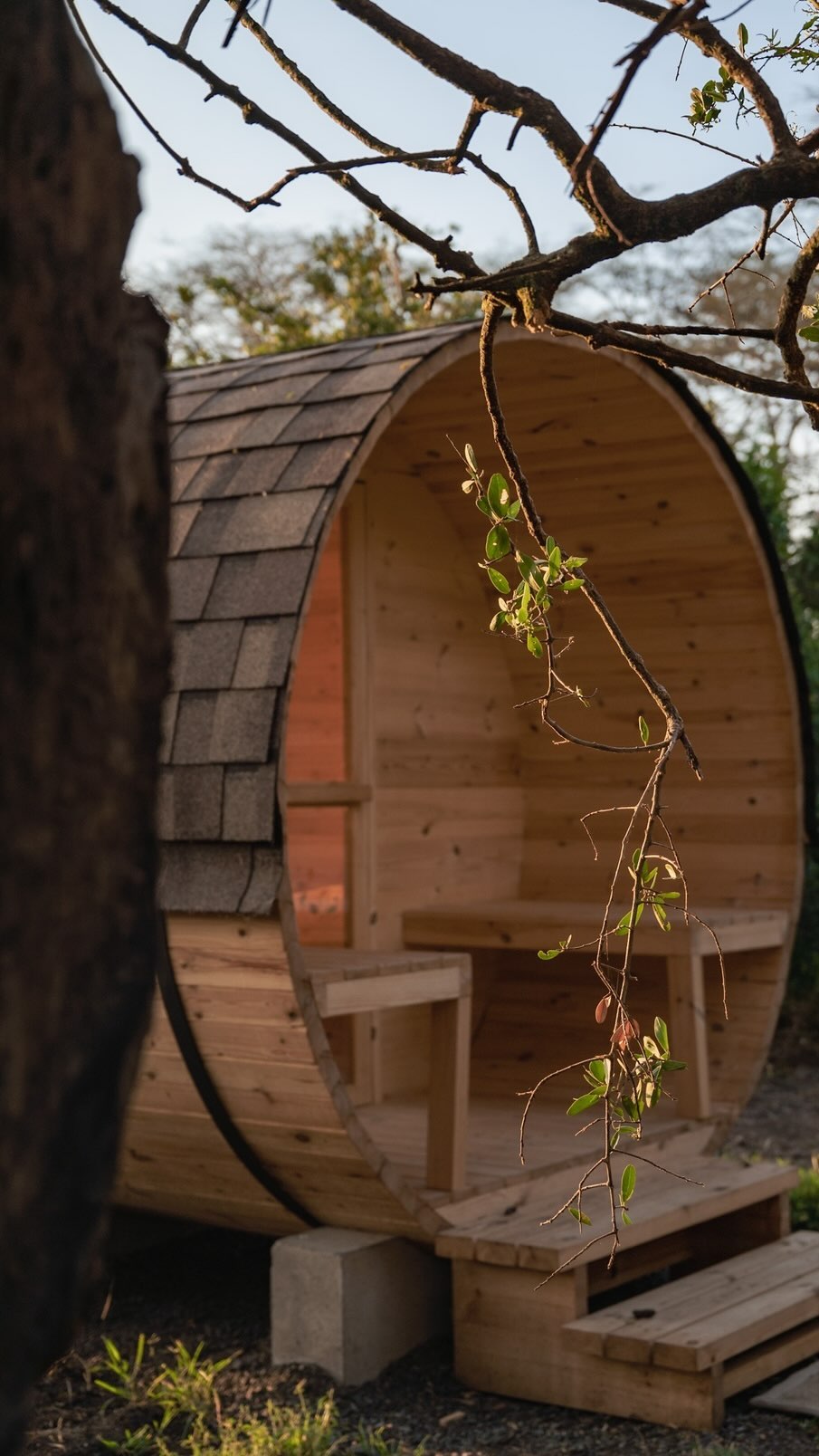

CONNECT & FOLLOW